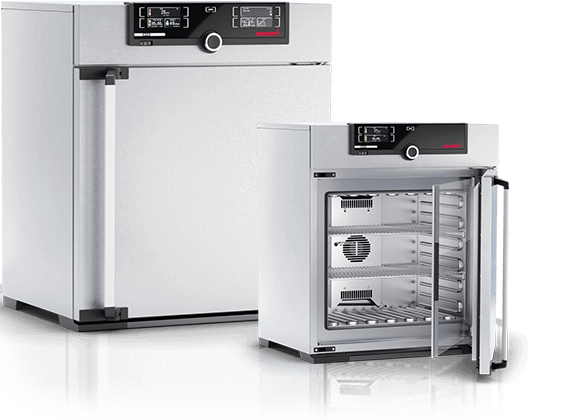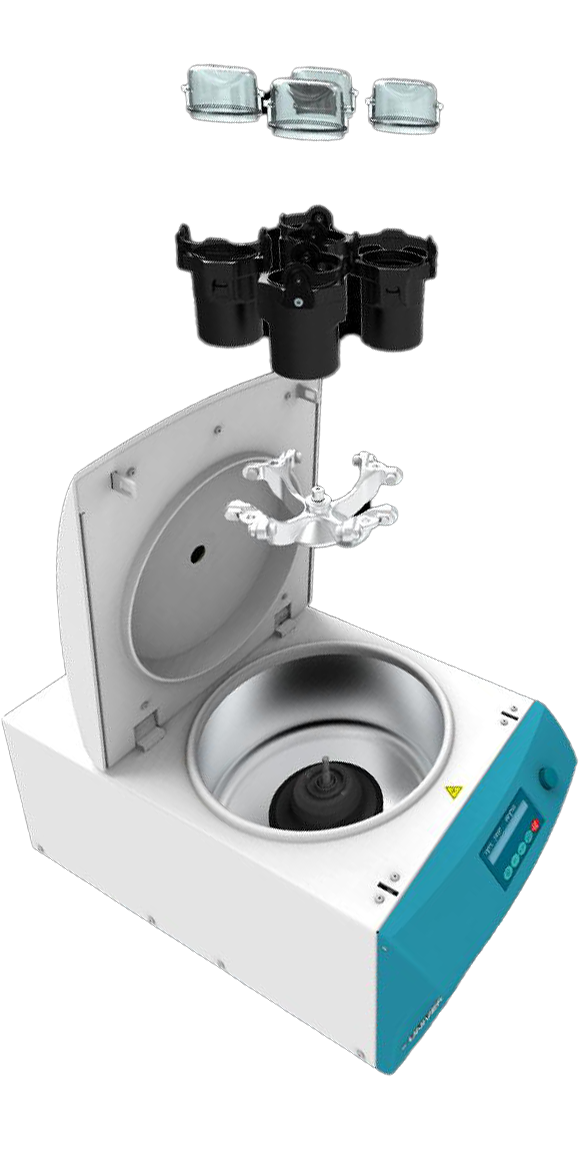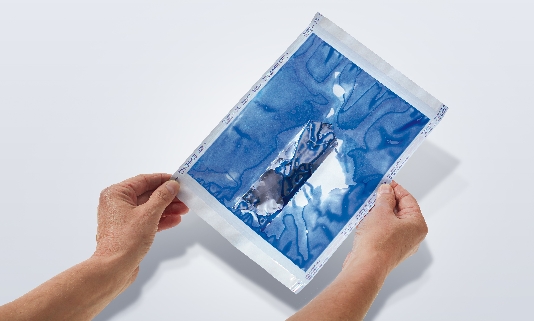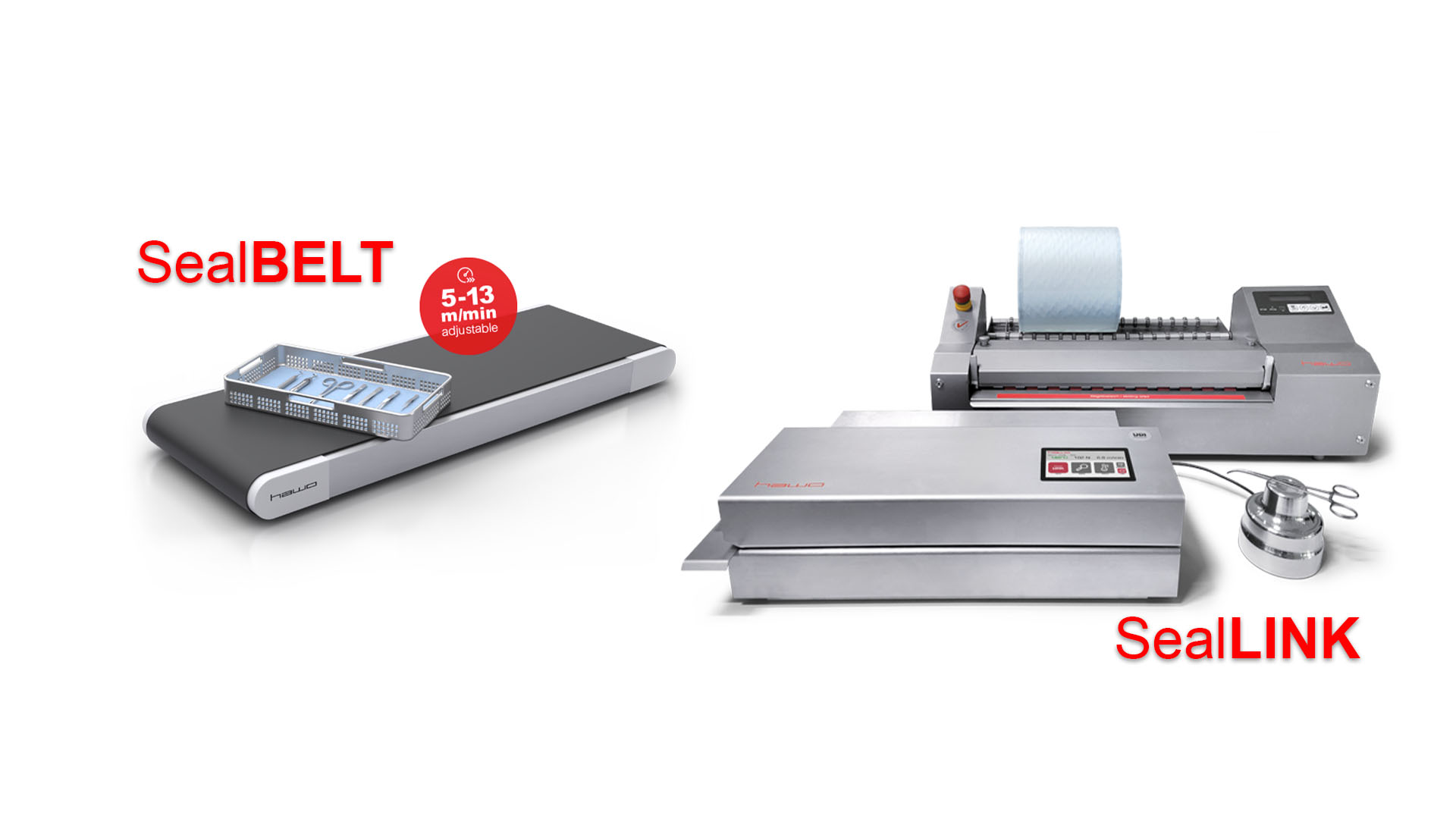In Sterile Service Departments (SSDs), it is vital that heat sealed pouches are properly sealed to minimise the risk of Surgical Site Infections (SSIs). Any medical device that has the integrity of its sterility compromised can prove to be fatal to a patient being operated on in theatre.
It is for this reason that many SSDs choose to regularly perform seal checks to ensure their pouches are being sealed properly. But what are the options out there and which one is right for you? Let take a closer look at each option:
One of the most popular ways of checking the strength of your seal is to perform a pouch destruction test. The reason many people like this method of seal testing is because it provides an independent test of your heat sealer without the equipment actually leaving the department. Ten pouches are simply run through the heat sealer and sealed according to the standard procedure set by the department. Then, those ten pouches are sent off to a test house which will perform a seal strength test. One such company that can perform such a test is Henderson Biomedical. A special piece of calibrated equipment will pull apart each pouch and measure the amount of force in newtons required to do this. The results are recorded and a certificate is produced confirming this. If the pouch seal is not strong enough, then of course the heat sealer is then called in for a service or repair. However, if the heat sealer is performing as it should be, then the user simply keeps to certificate on file and the heat sealer continues to be used as normal.
The pouch destruction test complies fully with BS EN 868-5 and ISO 11607-2, which means SSDs can have confidence in their heat sealer in the event of an external audit.
The second method of seal checking is the Ink Test Pro by Hawo. This method is a completely new type of ink test that avoids dirty hands or work spaces. It works in a similar way to the standard ink test, but instead of having a pipette and bottle of ink, you simply squash one of the Ink Test Pro sachets in a sealed pouch. Since it is all sealed inside a pouch, this testing method avoids ink getting everywhere, which is a common problem when performing a standard ink test with a pipette and bottle of ink. Another advantage of this is that you can check all four sides of the seal, not just one edge.
The final method is the daily Seal Check. Unlike the Ink Test Pro which is unique to Hawo, the seal check is available from other manufacturers including, but not limited to, VP Stericlin and Amcor. In its simplest terms, the Seal Check is a pack of 250 sheets of paper (enough for a years’ supply), which can be placed inside a pouch and then sealed. The paper is dark in colour and has a special pattern to it meaning that any creases or imperfections in the seal can be noticed very easily. The paper sheet can also be kept for your records.
So those are the options, but which one is best for you? That depends on the procedures you have set in place and how much emphasis you wish to put on seal testing. Some SSDs will only carry out one of the options above, others will do all three. It is the role of the department manager to decide which one or which combination of tests should be employed.
Henderson Biomedical can offer all three types of seal tests and being an ISO 17025 UKAS accredited company, we are more than qualified to advise you on which option is best for you. Contact our dedicated heat sealer technical team for more information.









